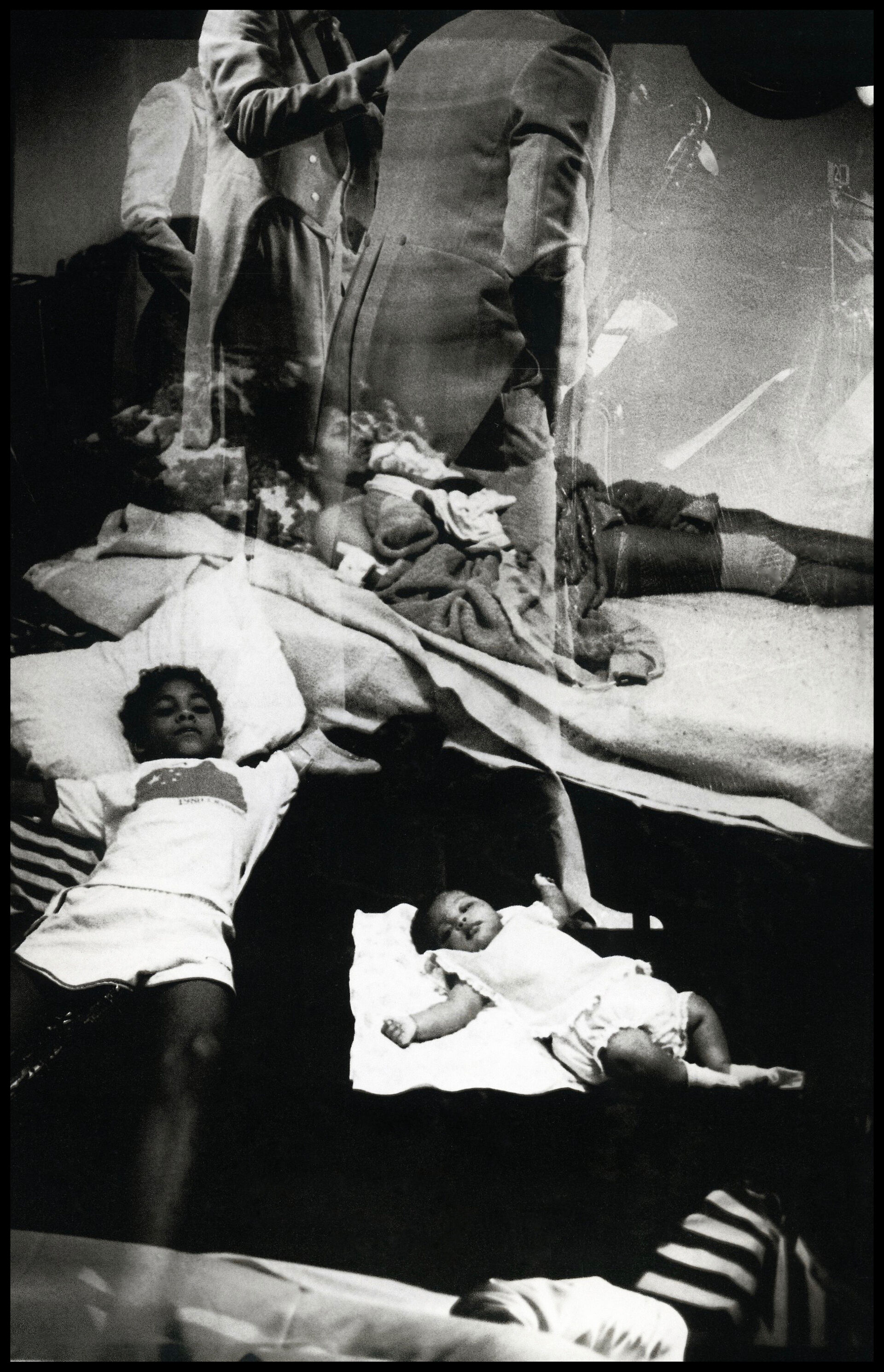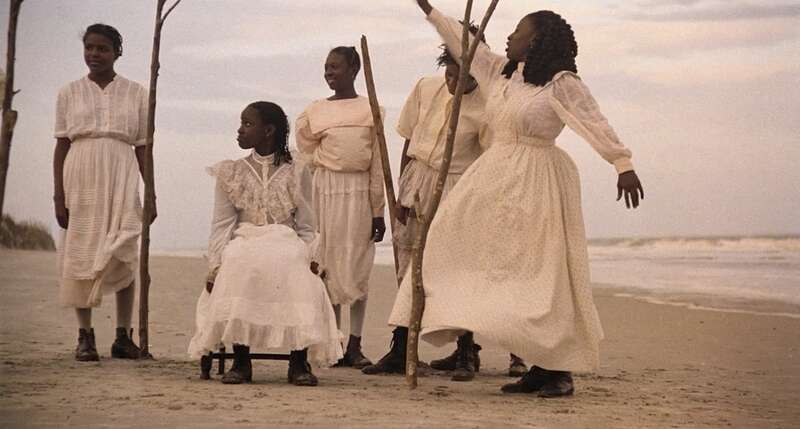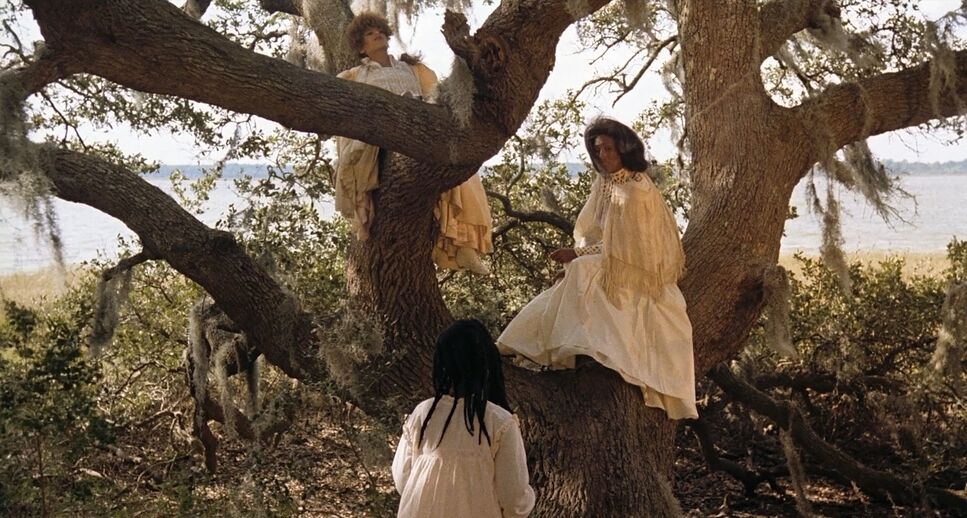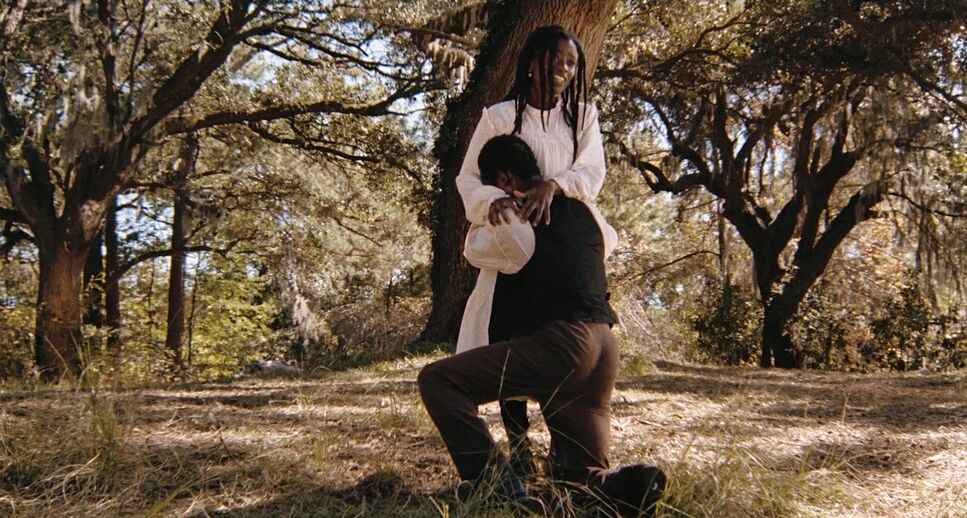But honestly, that's not what we remember ourselves to be.
Rejoined into the fold of society. The only desired parts of us were our members. Latasha Latasha Harlins was murdered by Soon Ja Du in a liquor store steps from where Latasha lived. Much of this story was overshadowed by the Los Angeles Rebellion that would be sparked only months later. was too young. A schoolmate of mine at Westchester. Must have been desired, sexualized. We were both teens then. When I took the LACMTA bus, Los Angeles County Metropolitan Transportation Authority I would get off at Century and Prairie. Latasha would stay on, riding by The Great Western Forum.The Los Angeles Lakers played at the forum for many years. Legends were created here and the building was then one of the most significant part of Los Angeles mythmaking. Someone blasting Compton's Most Wanted from their metal Sony boom box. Bobbing heads and making feet shuffle, before the Crip Walk was a thing. Holding on to metal poles in case the bus swerves. There is no straight line between being desired and being hunted. The line between prey and predator is most likely perpendicular to that. There is an obtuse relationship. The ones who desired Latasha at 15 certainly did not desire me. Though, I too might have desired Latasha if I knew then how to figure out-act out-desire. Some, though not all, who preyed on Latasha, also preyed on me. Not for wanting or sexual desire of our bodies, but for wanting to control our bodies. I would not have known what it meant to be preyed on as a young Black female teenager. Audre, bell and Michelle have reminded us about the dangers of being young Black and female presenting.
Audre reminded us in conversation with Jimmy, explaining,
… I'm not laying blame. I don't blame Black men for what they are. I'm asking them to move beyond. I don't blame Black men; what I'm saying is, we have to take a new look at the ways in which we fight our joint oppression because if we don't, we're gonna be blowing each other up. We have to begin to redefine the terms of what woman is, what man is, how we relate to each other. Museum of Contemporary African Diaspora Arts ( MOCADA ) Conversation Audre Lorde and James Baldwin. Originally published in Essence Magazine, 1984. Viewed on 21.03.2022.
bell pointed it out to us numerous times, but most memorably when Beyoncé was called a terrorist, saying,
...The major assault on feminism in our society, has come from visual media, and from television and videos…the tirades against feminism occurs so much in the image making business. The New School, bell hooks Are You Still a Slave? Liberating the Black Female Body. 07.05.2014, Viewed on 20.03.22.

Image: Ming Smith, Oolong’s Nightmare, Save The Children (For Marvin Gaye), New York City, New York, 1979 courtesy of Pippy Houldsworth Gallery
Michelle took a slightly different route. Not obtuse, very direct in the fiercely criticized and controversial book, Black Macho and the Myth of the Superwoman. Making the link between white supremacist patriarchy and the behaviors of some of the men adopting violent aspects of that patriarchy:
...But was [Eldridge] Cleaver's promise kept – 'We shall have our manhood…'? That depends upon how you look at 'manhood.' If you accept the definition America force-fed the black man – access to white women sexually and the systematic subjugation and and suppression of black women—then the answer is an unequivocal yes. But if we consider America's actual standard of 'manhood' –control of the means of production and power; in other words, money—the answer has got to be no. 6 Wallace, Michelle. Black Macho and the Myth of the Superwoman. Verso, New York, 2015. P.54
Richard Wright's Native Son was the starting point of the black writer's love affair with Black Macho. Bigger Thomas, the product of a black Chicago ghetto…Bigger Thomas was nothing more than the American white male's fantasy/nightmare/myth of the black man thinly disguised, expanded upon (albeit brilliantly), endowed with the detail of social reality and thrust back in the white man's face in a form recognizable enough to connect with the old terror.Ibid. Bigger Thomas is the main protagonist of Richard Wright’s Native Son. Wallace comes to the stated conclusion above after first describing the violence Bigger carries out, “His night on the job he drives the daughter of his employer and her socialist boyfriend to a political meeting. They try to befriend Bigger, drink with him, go with him to a black restaurant. Later Bigger takes the drunken young woman home, barely escapes raping her, murders her accidentally, and burns her in the furnace in the basement. Lest we should doubt his viciousness, he then rapes his own black girl friend and throws her out of a window. Bigger, Wright would have us believe, had gained an identity and realized himself as a man for the first time in his life through these acts of violence.” P.55
These lines are not as obtuse, they are almost parallel, but not quite. Because why would Black Panthers -- who were then only two or so generations removed from their ancestors being raped by some white men on plantations -- use the same violent means to try and dominate mostly, but not only, white women? Though not exactly a Panther at the time, Ronald, before becoming Maulana Karenga, was certainly guilty of this by then victimizing Black women.There has been different accounts of Maulana Karenga torturing and victimizing Black women in the late sixties. Including, allegedly locking one, who was wife, in a tiger cage in their Inglewood home. Karenga, before finding Kwanzaa, spent four years in a California prison: http://assata-shakur.blogspot.com/2010/07/on-dr-maulana-karenga-open-letter-by.html.

Image: Stil from Thomas Penick’s 69 Pickup. (https://www.youtube.com/watch?v=Lr3G8owpT0M)
There is a LA Rebellion film called 69 Pickup, made by Thomas Penick. It uses rape as a driving plot. In the film we see two Black men picking up a woman at Western and Adams, then taking her to a random South Central motel. Tying her up and raping her. What was the link between Wallace and this film? Who came first? What this allows though is to uncover the work that visual culture has done to unveil rape culture but in more broad terms, violent patriarchy.
Specifically, the work of Black and women of color has done the work of unmasking and shining light above dark crevices of violent patriarchy. In referring to Wallace it is logical to also make the leap to her mother, Faith Ringgold, where in the Slave Rape series we are confronted by three different women. African women, potentially from the Gold CoastFormerly a British colony, after independence, the Gold Coast became Ghana: African woman alone - in one, hiding - witnessing and being shocked by a rape unfolding, trying to shield her own self from the rape; a second woman, also visibly disturbed. What is not clear though is whether or not she is being chased, h(a)unted, victimized and, the last woman, who is not hiding, well adorned with make-up, slightly pregnant, axe in hand, staring at the viewer decisively, prepared to take action and defend herself. All the women are overlayed on tie-dye fabric, set on a beige/brown background with smaller images etched into that frame.

Image: Tatyana Fazlalizadeh, My Outfit Is Not An Invitation (from series Stop Telling Women to Smile), 2012 (http://stoptellingwomentosmile.com/In-The-Environment)
From these images we can draw a direct line to what we could maybe call an artistic heir of Faith's, the artist Tatyana Fazlalizadeh who famously made the series, Stop Telling Women to Smile.
Like Faith's work, they are images that boldly stare down the abuser, or potential abuser(s). The women in the images, stare down male presenting masculine individuals, myself included, saying, ‘Don't you even dare give me an approving smile. I get enough approval, thank you very much. This skirt is not for you.’ Unlike Faith, but very much like Michelle, Tatyana's women are speaking very much to those outside but as well to those within Black and communities of color. Presenting, first of all, an act of solidarity but also very much a call-in to people who perpetrate this type of supremacist, violent patriarchal culture.
Cultures that are perpetuated by the grotesque acts as much as the subtle, cloaked in acts of kindness (know thyself). A culture that might precede but most certainly was emboldened by the Trans-Atlantic slave trade. A culture and history that very much informed the type of violent end that Latasha finally met. A culture that is not always on the same horizontal lines but certainly sits on similar axes. Different eyes might sexualize bodies than the hands which hang or cut down bodies, but they all come from minds that in some way try to control bodies. Congruent points in a simple scatter plot. We are all implicated, at which point on the plot line are you? The work we should be doing is not trying to extricate ourselves from such plots but trying to do and, when relevant, create works that lead to the elimination of such plots to prevent the Latasha's of the world from sitting on violent axes. While Latasha was most certainly sexualized, what is no guesswork is that Latasha was victimized and preyed on. We only need to look at films like those made by another member of the Black Rebellion to understand this. While subtle, what is clear is how white supremacist patriarchy, in the all Black world that Julie Dash depicted in Daughters of the Dust, is still very present.
The violence is not seen but can be read and is at some points spoken. It is in the way the people on the Gullah Island are forced to consider moving North and leave their land so they can improve their economic livelihood. It is the way one of the characters is raped and impregnated by a white man, a violence that Dash does not literally show but we feel the heaviness of the impact on some individuals in the film: this kind of violence that is enacted on Black bodies and souls. The kind that is also subtly depicted in the type of images produced by Ringgold and Fazlalizadeh. Certainly, the kind of violence that is in fact almost never seen but very clearly read in Dee Rees' critically lauded film Pariah. We begin on a bus with the main character: in the US often an indication of class affiliation, a gathering place for the subaltern of that world.
The main character has just come from a lesbian night club and must remove the lesbian butch “mask” to reveal a self that needs to be read as unmistakably femine or else there's a threat of violence from community and family, in this case, also mother. More relevant here though is the main character, Alike, a 17-year old lesbian who, like Latasha, must navigate the way society is almost a constant pariah to their survival. The anxiety that one is constantly being watched, the stress of always having to be alert to avoid violence, dangers that create a compilation of complex traumas. Traumas that sleep under the skin, awake in unexpected moments, at a job to earn extra money. During class trying to focus on syllables and metaphors. No figurative language is suitable to describe the vividness of the violence that springs out, unexpectedly, like dandelions that crack through concrete. Much like the dandelions, bodies like Alike’s and Latasha’s - as they are trying to grow into their own bodies, grow into their own beings, grow into potential sexualities and identities- are cut out, cut down in violent ways as if pest and dangers to the growth of dominant society. For Latasha, all it took was a $1.79 container of orange juice, and the honor roll student who had dreams of becoming a lawyer, uplifting community, waking up earlier than peers to ride the bus for an hour to the better white school near Playa Del Rey, was forced by the gun and murderous act of a Korean store owner to transition into an ancestor. The waves of the ocean will carry Latasha’s sound. The sonic resonance of the potential that was once harnessed in Latasha’s body will reverberate and be the guiding sonar of future generations. The yellow light that pours in the darkness, never overcoming existing in the peace and the calm of the dark. Like a flash of light, brings the unseen into visibility, Latasha being allowed generations to make plain and visualize the way dominant patriarchal white supremacist culture works through subtle acts of subjugation many of us, even from marginalized communities, perpetuate. Making the noise unbearable ‘til the more aggressive forms of violence break through the flesh, layers of skin, and pierces through the barriers made up of calcium and collagen. The imposing walls of a giant wave are backboned by the cacophony of sounds of ancestors thrown overboard centuries earlier, buried at sea. When the wave finally crashes the impact will be unbearable.
Cellulose cannot capture crimes committed; capitalist communities constantly contain centuries cured criminalities.
Cosmically connected comets carry cries composed.
Dream
[To all the black women scattered across the world.
to all the other women,
and to Isabel Nascimento, Regina Timbó and Marlene Cunha / 1989]
Her name was pain
Her smile laceration
Her arms and legs, wings
Her sex her shield
Her mind freedom
Nothing satisfies her drive
To plunge into pleasure
Against all the currents
In one stream
Who makes you who you are?
Woman!...
Solitary, solid
Engaging and defying
Who stops you from screaming
From the back of your throat
The only cry that reaches
That delimits you
Woman!
Mark of a blunt myth
A mystery that announces all of its secrets And exposes itself, daily
When you should be protected
Your rites of joy
Your veins crisscrossed with old trinkets Of the strange radiant tradition
Woman!
There are cuts and deep cuts
On your skin and in your hair
And furrows on your face
They are the ways of the world
They are unreadable maps
In ancient cartography
You need a pirate
Good at piracy
Who’ll bust you out of savagery
And put you, once again,
In front of the world
Woman.Nascimiento, Beatriz; ‘Dream’ in “In Front of the World”: Translating Beatriz Nascimento. Christen Smith, Archie Davies, Bethania Gomes. Antipode Vol. 53 No. 1 2021 ISSN 0066-4812, pp. 279–316, Antipode a 2021 Antipode Foundation Ltd. p.316


